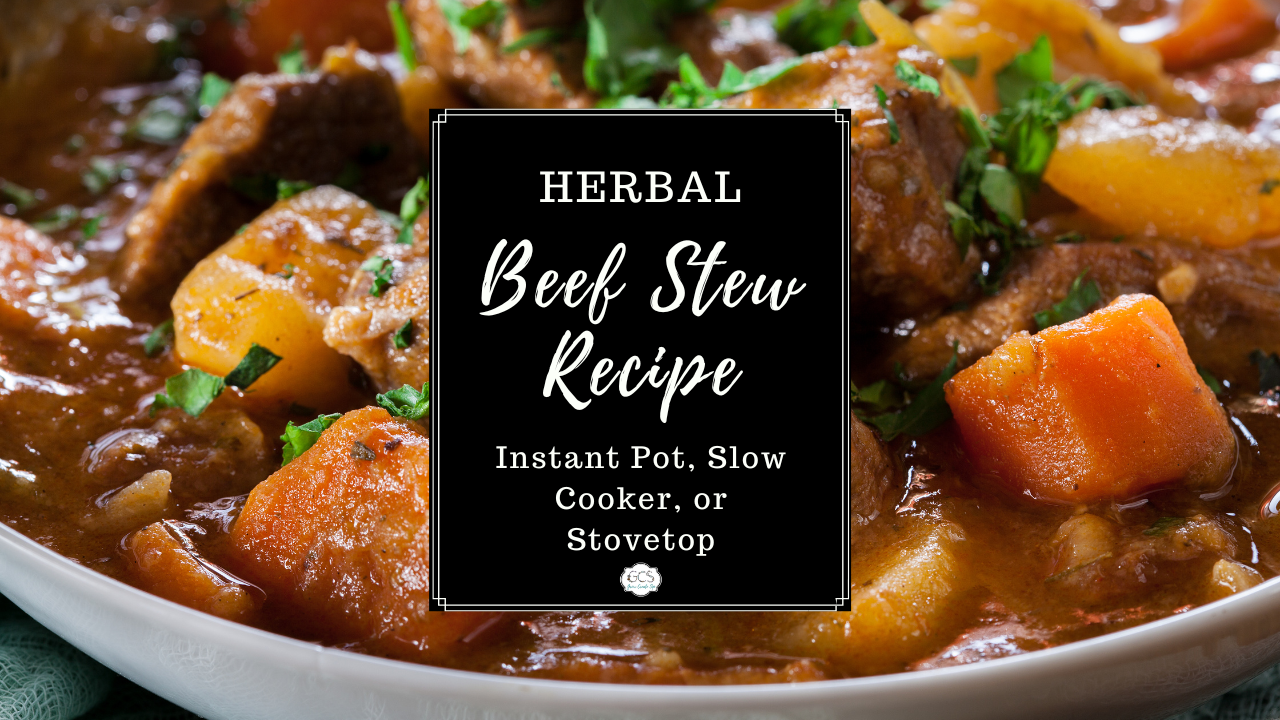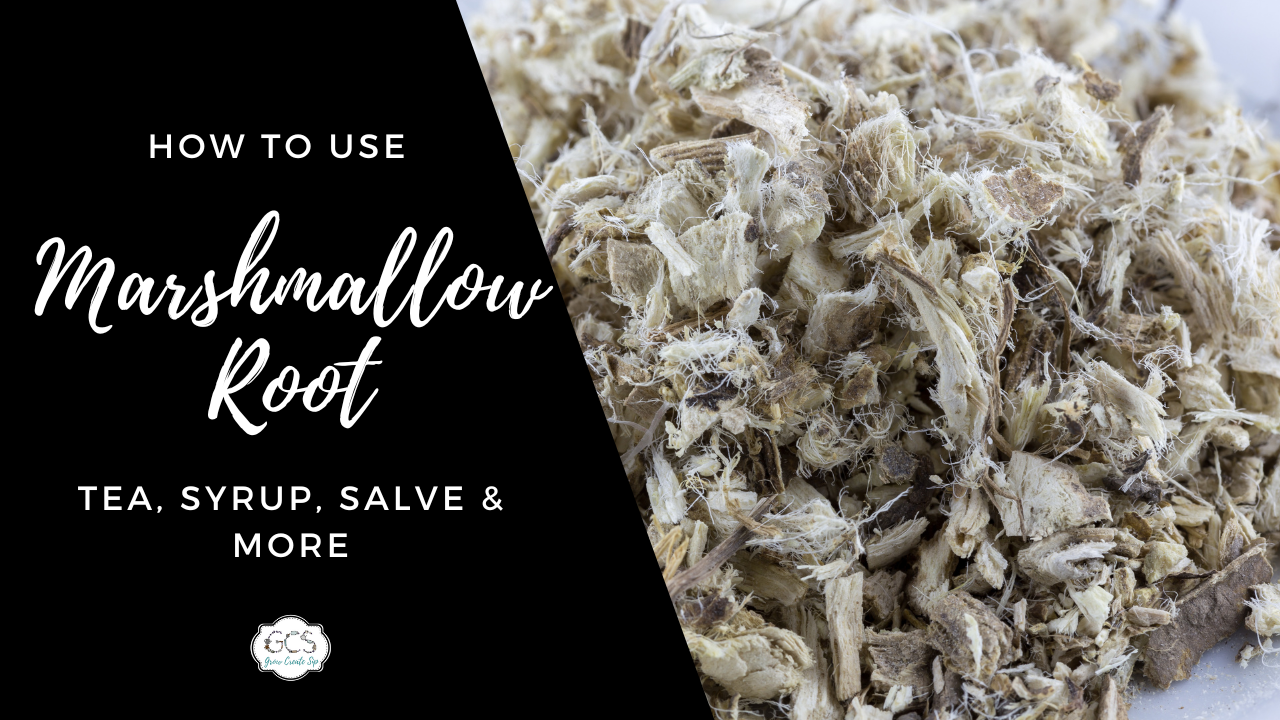Herbal Monograph Guide
Sep 30, 2024
The most common concern with using herbs for medicine is that people are unsure of which herb to use for which ailment. Folks wonder, how do I know it’s going to work? How do I know it’s safe to use? How do I know which dosage to take?
Questions about the safety and effectiveness of herbal medicine are definitely valid concerns. We wouldn’t eat food out in the wild if we didn’t know if it was poisonous or not — and we certainly wouldn’t take a pharmaceutical drug if we thought it was going to do more harm than good. An herbal monograph can answer all of those questions and more! To put it simply, it’s an individual picture of an individual herb. It tells the story of the herb and how to use it safely.
Discover everything you’ve ever wanted to know about the power of plants with this comprehensive herbal monograph guide. Learn how to decipher a plant profile, create an in-depth herbal journal, and make the most of the healing properties of plants. We’ll also explore the importance of botany in herbal medicine, and help you build a strong foundation for your new foray into herbs and plants.

The Legal Stuff
This blog is provided by St. Fiacre's Farm LLC for informational purposes only. It does not constitute medical advice, and you should always seek the advice of a qualified healthcare provider for any medical questions or concerns. Please note that we may earn a small commission on any purchases you make through our affiliate links, at no additional cost to you. Thank you for your support!
What is an Herbal Monograph?
An herbal monograph is essentially a comprehensive document that provides a detailed overview of a specific, individual plant. It’s almost like a plant’s resume or a plant profile, but way more interesting — and helpful.
A typical monograph includes, but is not limited to:
- Botany information: The plant's family, scientific name, common names, and a detailed description of its physical characteristics. In other words, where the plant grows, how it grows, where it originated from, what it looks like, if there are any look-alike plants… you get the gist!
- Medicinal uses: Information about the herb’s active compounds and their potential effects on the body. This also includes what systems of the body it helps, any precautions, dosages, potential side effects, and any contraindications with drugs, as well as the best preparation methods for using that individual plant.
- Traditional uses: How the plant has been used historically and traditionally, or maybe some information on how different cultures use it.
- Modern research: Some herbal monographs may contain scientific studies on the plant’s properties and benefits.
Another essential section covers the taste and actions of herbs. The taste of herbs can tell us a lot about the herb as well as be an active component in how it works. A hot pepper, for instance, is spicy, stimulates saliva, and gets the blood flowing. While it can do all that without having to taste it, actually tasting it can have more stimulating effects. In the same way sweet foods and sour foods make us react in different ways, an herb’s actions are equally important. Some herbs can cause folks to become dry or moist, or cold or hot, but some may be neutral.
Most monographs do include an image of some sort — it could be a botanical picture, drawing, or photograph — but as you can see above, it’s so much more than that! Each herbal journal is like a key to or a roadmap on how to confidently use that herb well, and anything else you need to be aware of.

Why Botany is Important in Herbal Medicine
Before we go any further, I want to take a moment to talk about why botany is such an essential part of herbal medicine. I don’t know about y’all, but it wasn’t a big subject at my school. But, when it comes to learning about herbs, it’s one of the most important things to consider!
The botanical description in a given plant profile allows you to identify it correctly, which is crucial for safety and effectiveness. Many plants look similar but have vastly different properties. Knowing the subtle differences between them can prevent accidental illness or, worse… poisoning.
Botany is also helpful for understanding a plant’s ideal habitat and growing conditions. This is super important for all of you mamas who want to grow your own herbal garden! It will tell you what to look for when sourcing from local suppliers too.
What’s more, botany also gives clues about the plant’s potential medicinal properties. For example, did you know that plants that grow in harsh environments often develop unique compounds to protect themselves, and those compounds might have benefits for humans? The botany of an herbal journal will tell you all of the above!
Remember, not all parts of all plants are safe to use in herbal medicine, or some may have different qualities from others. This is need-to-know information if you plan on using plants as medicine at home.
How to Make an Herbal Monograph
As you now know, a monograph on an herb is so much more than just a pretty picture of a plant. It shares key information on how to use it, how much to use, who it’s safe for, who it isn’t safe for, where it grows… and so much more!
Here’s exactly what I include in my personal herbal monographs:
- Image of plant or herb
- Name of the plant or herb, the Latin name, and any common names
- Botanical description
- Plant family
- Taste/actions
- Medicinal actions
- Vitamins, minerals, and constituents (components on the plant)
- Parts of plant used
- Safety
- Types of preparations to use herb in
Let’s use raspberry leaf as an example:
- Image of raspberry leaf
- Name: raspberry leaf (rubus idaeus)
- Common names: raspberry, wild red, red raspberry
- Botanical description: a bramble fruit with canes that live about two years bearing a lightly sweet red berry. They have fewer thorns than other related fruits and leaves are after.
- Plant family: rosa ceae
- Taste/actions: sour, astringent, cooling, drying
- Medicinal actions: eases menstrual cramps, relieves diarrhea, strengthens immune system, helps to relieve flu and cold symptoms, assists sore throats, exercises the uterine muscles to help ease labor, tightens and tones the uterus.
- Vitamins, minerals, and constituents: contains vitamins A, B, C, E, calcium, and potassium. Antioxidant, astringent, toner, high in tannins.
- Parts of plant used: leaves and fruit are used.
- Safety: consult with a doctor/midwife before using if pregnant, especially during the first and second trimesters. Always book a herbal consult with a physician before use. This monograph does not intend to treat, cure, or diagnose but is intended for informational use only.
- Types of preparations to use herb in: tincture, tea, salve culinary, oil infusion.
I also include information on cultivation, because as y’all know, I love to grow my own medicinal herbs! I typically add the following:
- Life cycle
- Propagation method
- Planting conditions
- Sowing schedule and tips
- Harvesting details
- Dehydrating tips
- My favorite recipe to use the herb/plant in
Understanding how to make your own monograph will give you a good idea of what to look for when researching an herb. Once you have a few, I encourage you to find a binder or something similar to keep them all together. Before you know it, you’ll have your very own materia medica, Latin for medical journal.
This herbal journal will help you know how to blend teas and all sorts of other herbal creations: tinctures, salves, infused oils, lip balms, the whole shebang. Keep it organized and in a place where you have easy access to it. You’ll need to reference it again and again!

Herbal Monograph Frequently Asked Questions
What is a monograph in herbal medicine?
In herbal medicine, a monograph is a detailed plant profile. It includes botanical information, traditional and modern uses, safety guidelines, and more. Essentially, it’s a comprehensive resource for understanding and using a specific herb.
What is the difference between pharmacopeia and monograph?
A pharmacopeia is a collection of standards for drugs, including pharmaceuticals and herbal medicines. It’s a reference book often used by healthcare professionals and manufacturers. A monograph is a detailed profile of a specific drug or herb within a pharmacopeia, providing information like composition, dosage, and safety.
Where to find information to make an herbal monograph?
Finding information for herbal monographs involves lots of research. Look to botanical databases, scientific journals, and herbal reference books, as well as well-known pharmacopeias and materia medicas. Online resources and academic libraries can also provide valuable data. Remember to cross-reference information from multiple sources for the best accuracy and reliability.
How do you know which herb to take?
Herbal monographs are an invaluable tool for anyone interested in herbal medicine. When you understand how to read and interpret them, you can make informed decisions about which herbs to use — and how to use them safely and effectively! Most importantly you will know how to go about dosing the right herb for the right person!
To create your very own herbal journal full of detailed monographs, be sure to download our FREE materia medica worksheets here. And to learn even more about monographs, consider signing up for our Masterclass on Medicinal Teas in Small Spaces! Before you go! I'd love to know, how have you previously gone about learning about how individual herbs are safe for you? Share below and together we can learn how to use herbs in our own homes with our own families!
Learn More about Herbal Medicine
- Top 10 Healing Herbs for the Home Apothecary
- Herbal Labeling Tips & Apothecary Label Template
- Herbal Tea for Sleep & Best Herbs to Sleep Well
- How to Make Your Own Blend: The Tea Pyrimad
- How to Grow, Harvest, and Use Licorice Root
- The Best Menopause Tea & Hot Flash Relief
















